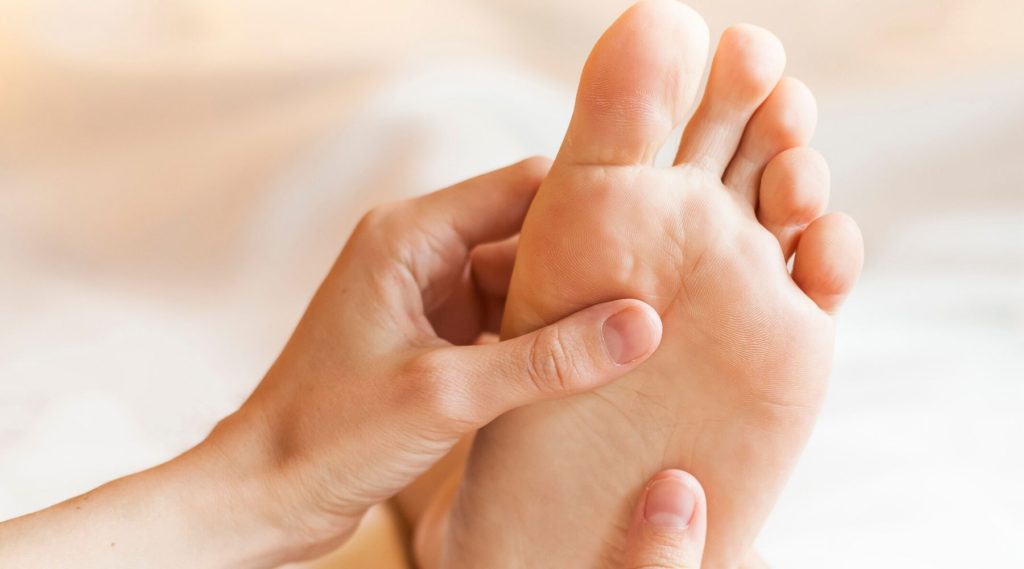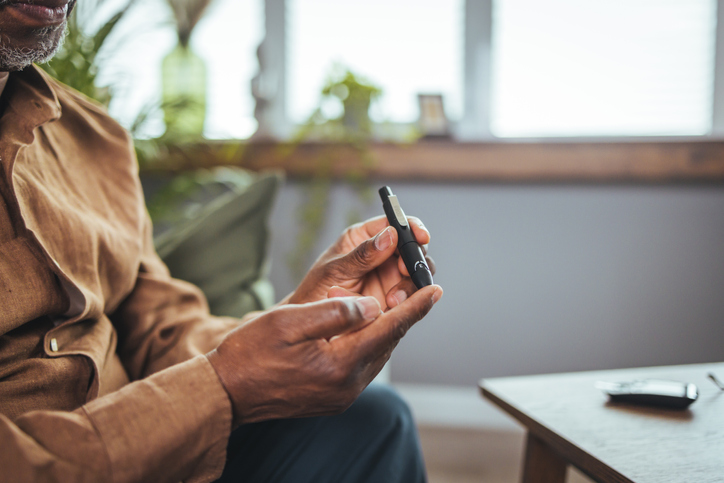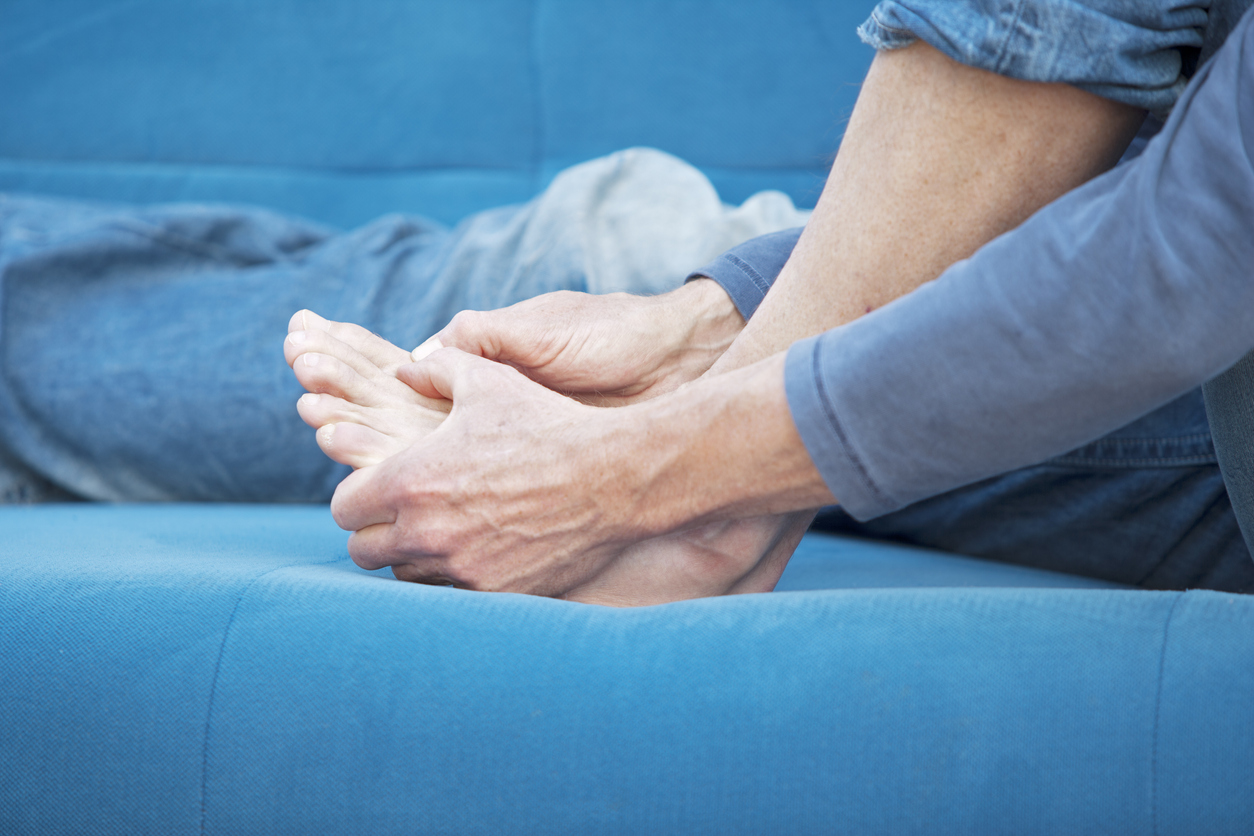An Overview of Foot Health for People With Diabetes

Walking is a great exercise for people with diabetes, who should pay particular attention to their foot health. It is light exercise, but also has excellent health benefits.
Walking can also help you take proper care of your feet and legs, which is vital if you have diabetes. It’s common knowledge that when you have diabetes, you’re at a much higher risk of developing problems with your feet. It can be a constant concern, worrying about losing a foot or a toe, but these aren’t inevitable side effects of diabetes. If you continue to maintain your blood glucose levels and have your feet checked regularly, you can avoid these problems and maintain good foot health.
How does diabetes affect your foot health?
Over time, poorly managed diabetes can cause nerve damage, otherwise known as diabetic neuropathy. This damage can cause tingling and pain in your feet and can lead to a loss of sensation, which is when other problems can arise. If you lose sensation in your feet, you won’t be able to feel things such as pebbles in your shoes or a blister on your foot, which can lead to cuts and sores which can become infected.
Diabetes can also affect your blood flow. If you have cuts or sores on your feet, your blood flow to these areas will be lowered, which means they’ll take longer to heal. If a cut or sore doesn’t heal, it can result in gangrene. In this case your doctor will refer you to hospital to have the infected tissue removed, but in extreme cases, gangrene can result in skin grafts and sometimes amputation.
What can I do to improve my foot health?
All of the cases listed are worst-case scenarios! If you manage your diabetes well, you are less likely to experience any extreme issues with your feet. It’s easy to manage your condition, especially by keeping on top of your medication, diet and regularly checking your feet.
How can I check my feet?

Spend a few minutes each day examining your feet. Look out for:
- Cuts and sores
- Fluid-filled blisters and swelling
- Ingrown toenails, where the edge of your nail is growing into the skin
- Athletes foot
- Warm spots
Take the time to treat these problems as they arise rather than leaving them. Most are easily resolved with a bandage or some over the counter treatment, but if the problem becomes consistent, then you can contact your GP or pharmacist for further support.
How can we help?
Our pharmacists are trained to support you in managing your diabetes. Register with Spirit Pharmacy to receive your medication. You will have access to a team who can answer your queries and help you with any challenges you may be facing. Confidential advice is available to all people registered with the pharmacy, as well as access to online diabetes education if you would like it.


